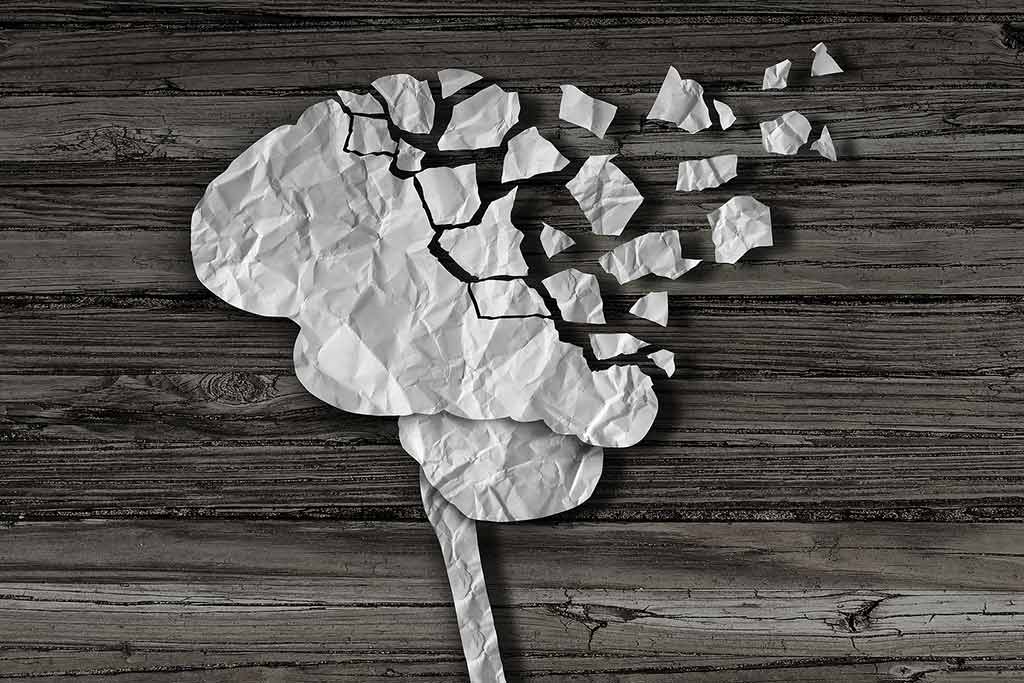Understanding the Risks and Managing Symptoms
Opioids are powerful medications that effectively manage pain, but their prolonged use can lead to a range of neurotoxic effects. This condition, known as Opioid-Induced Neurotoxicity (OINT), can have significant health consequences, affecting both physical and mental well-being.
What is OINT
OINT occurs when opioids accumulate in the body, specifically their metabolites, over a prolonged period. These metabolites can exert direct toxic effects on the nervous system, leading to various neurological and cognitive impairments. The risk of OINT increases with higher opioid dosages, longer duration of use, and specific patient factors like age, pre-existing neurological conditions, and kidney function.
Symptoms of Opioid-Induced Neurotoxicity
OINT presents with a diverse range of symptoms, often mimicking other medical conditions, making it difficult to diagnose. Some common symptoms include:
- Cognitive impairment: Confusion, disorientation, memory problems, difficulty concentrating.
- Neurological disturbances: Tremors, myoclonus (muscle jerks), seizures, abnormal gait.
- Psychiatric symptoms: Depression, anxiety, hallucinations, delirium.
- Sensory disturbances: Allodynia (pain from non-painful stimuli), hyperalgesia (increased sensitivity to pain).
- Autonomic dysfunction: Sleep disturbances, constipation, urinary retention, sexual dysfunction.
Diagnosing OINT
Diagnosing OINT involves a comprehensive evaluation, considering the patient’s medical history, current medications, and symptom presentation. Diagnostic tools may include:
- Physical examination: Assessing neurological function, cognitive abilities, and pain levels.
- Laboratory tests: Checking for opioid levels and metabolites in blood or urine.
- Neuroimaging: MRI or CT scan to rule out other neurological conditions.
- Cognitive testing: Evaluating memory, attention, and executive function.
Managing OINT
The primary goal in managing Opioid-Induced Neurotoxicity is to reduce opioid exposure. This can be achieved through:
- Opioid tapering: Gradually reducing the opioid dosage under medical supervision.
- Opioid rotation: Switching to different opioids with less neurotoxic metabolites.
- Non-opioid pain management: Utilizing alternative therapies like physical therapy, nerve blocks, and complementary therapies.
- Supportive care: Addressing specific symptoms like constipation, sleep disturbances, and anxiety.
Prognosis of OINT
The prognosis for Opioid-Induced Neurotoxicity: A Comprehensive Guide depends on several factors, including the severity of symptoms, duration of opioid use, and successful opioid reduction. In some cases, symptoms may resolve completely with opioid discontinuation. However, in others, OINT can leave lasting neurological and cognitive impairments.
Preventing OINT
Optimizing opioid prescribing practices and minimizing unnecessary long-term use are crucial in preventing OINT. This includes:
- **Utilizing the lowest effective opioid dosage for pain management.
- **Regularly reassessing the need for continued opioid therapy.
- **Exploring non-opioid pain management strategies whenever possible.
- Educating patients and healthcare providers about the risks of OINT.
Living with Opioid-Induced Neurotoxicity
Living with OINT can be challenging, and individuals may require support and resources to manage their symptoms and improve their quality of life. Support groups, rehabilitation programs, and access to mental health professionals can be invaluable in navigating OINT and its associated challenges.
Conclusion
Opioid-induced neurotoxicity is a serious concern associated with prolonged opioid use. Understanding the risks, symptoms, and management strategies is crucial for healthcare professionals and individuals using opioids. By promoting responsible prescribing practices and raising awareness about OINT, we can strive to minimize its impact and improve the lives of those affected.
WAISMANN CLINIC™ Solution
It is crucial for individuals experiencing symptoms related to prolonged opioid use to seek professional medical attention. The Waismann Clinic stands out as a beacon of hope, offering the most effective medically assisted detox programs in the nation. If you or someone you know is struggling with opioid use disorder, don’t hesitate to contact the Waismann Clinic. Their dedicated team of professionals is committed to providing compassionate, individualized care to help you on your journey to recovery. Remember, taking the first step towards seeking help is a courageous and life-changing decision.
Additional Resources:
















